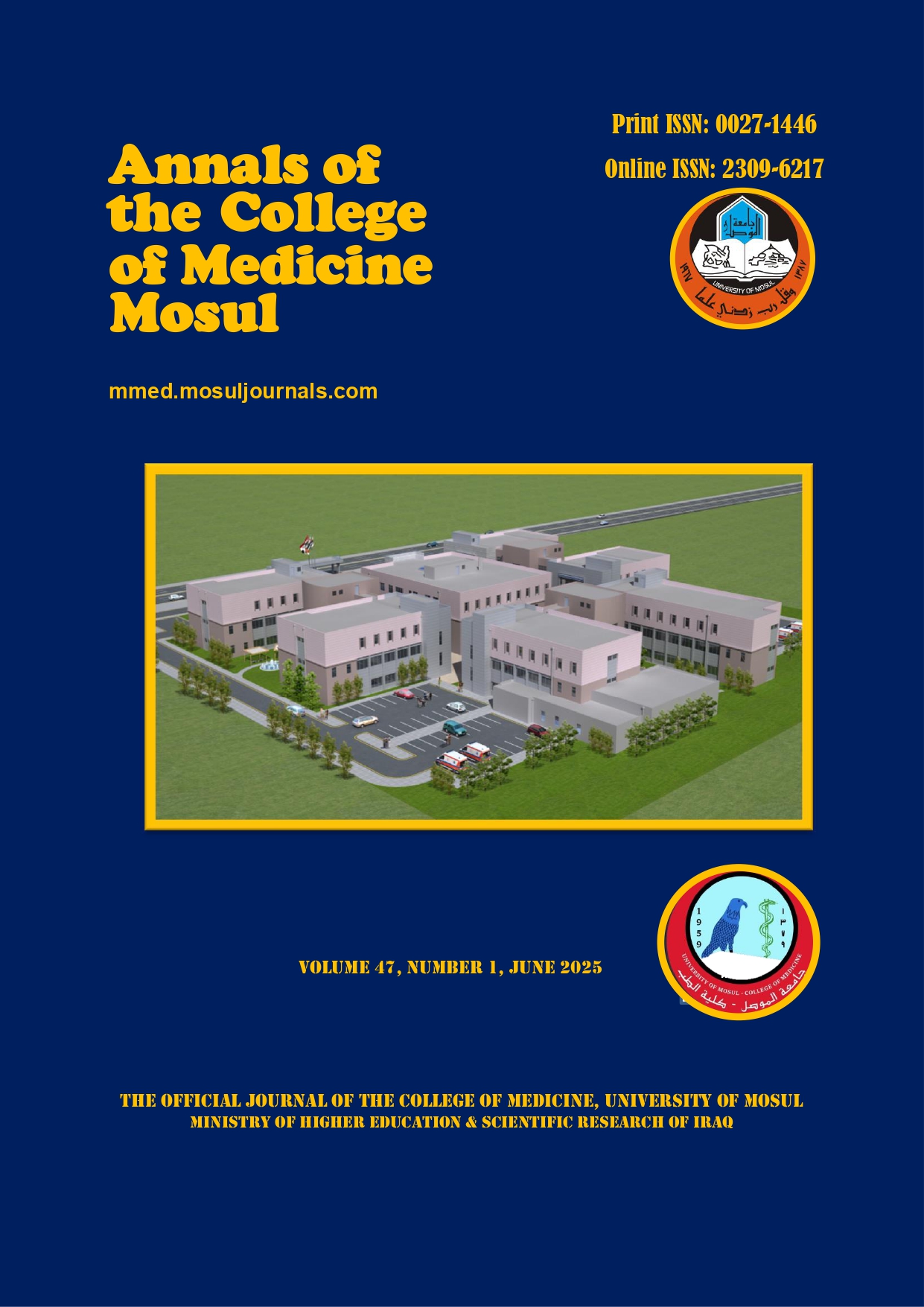Sitagliptin's Effect on MALAT1 in T2DM Patients Experiencing Diastolic Failure of the Left Ventricle
Abstract
Background: Patients with type 2 diabetes may develop cardiovascular disease (CVD) without experiencing or recognizing the characteristic signs and symptoms. Diastolic dysfunction is present in 40% of individuals diagnosed with diabetes and is associated with inadequate glycemic management. The MALAT1 coding gene is situated on the short arm of human chromosome 11q13.1, and its transcript spans around 8 kilo bites. MALAT1 has substantial involvement in the pathophysiological process. It performs the roles of an innovative biomarker and target of therapy for the diagnosis, treatment, and prognosis of diabetes-related conditions. The expression of MALAT1 is much higher in the heart tissue of rats with diabetes mellitus (DM), and inhibiting MALAT1 improves cardiac function.
Objective: To clarify the rolef sitagliptin in left ventricular diastolic dysfunction in T2DM and investigate its potential impact on epigenetic modulation (lnRNA MALAT1) and the inflammatory process.
Materials and Methods: This study is an observational cross-sectional descriptive study conducted at a single center. Sixty individuals with type 2 diabetes mellitus and left ventricular diastolic dysfunction in total were recruited from AL-Diwaniyah Teaching Hospital and the Department of Pharmacology and Therapeutics, Faculty of Medicine, University of Al-Qadisiyah, Iraq, under the supervision of a specialist cardiologist. The Trizol reagent (Genaid, Korea) was used to extract the total RNA, and the concentration of RNA was subsequently determined. The primer amplification was carried out in accordance with the manufacturer's instructions for the AddScript RT-qPCR Syber master (AddBio, Korea).
Results: studyesults indicate a significant downregulation of MALAT1 in the sitagliptin-treated group (P<0.0001) compared to metformin treatment. This was analyzed by GraphPad Prizm software (version 8.4.3).
Conclusion and recommendation: The present study's findings indicate that the expression of MALAT1 is notably increased in the cardiac tissue of individuals with diabetes. Additionally, reducing the expression of MALAT1 is linked to an enhancement in the functioning of the left ventricle, partially due to a decrease in programmed cell death of heart muscle cells. Hence, suppressing MALAT1 could be a promising therapeutic approach for managing cardiac dysfunction associated with diabetes.
